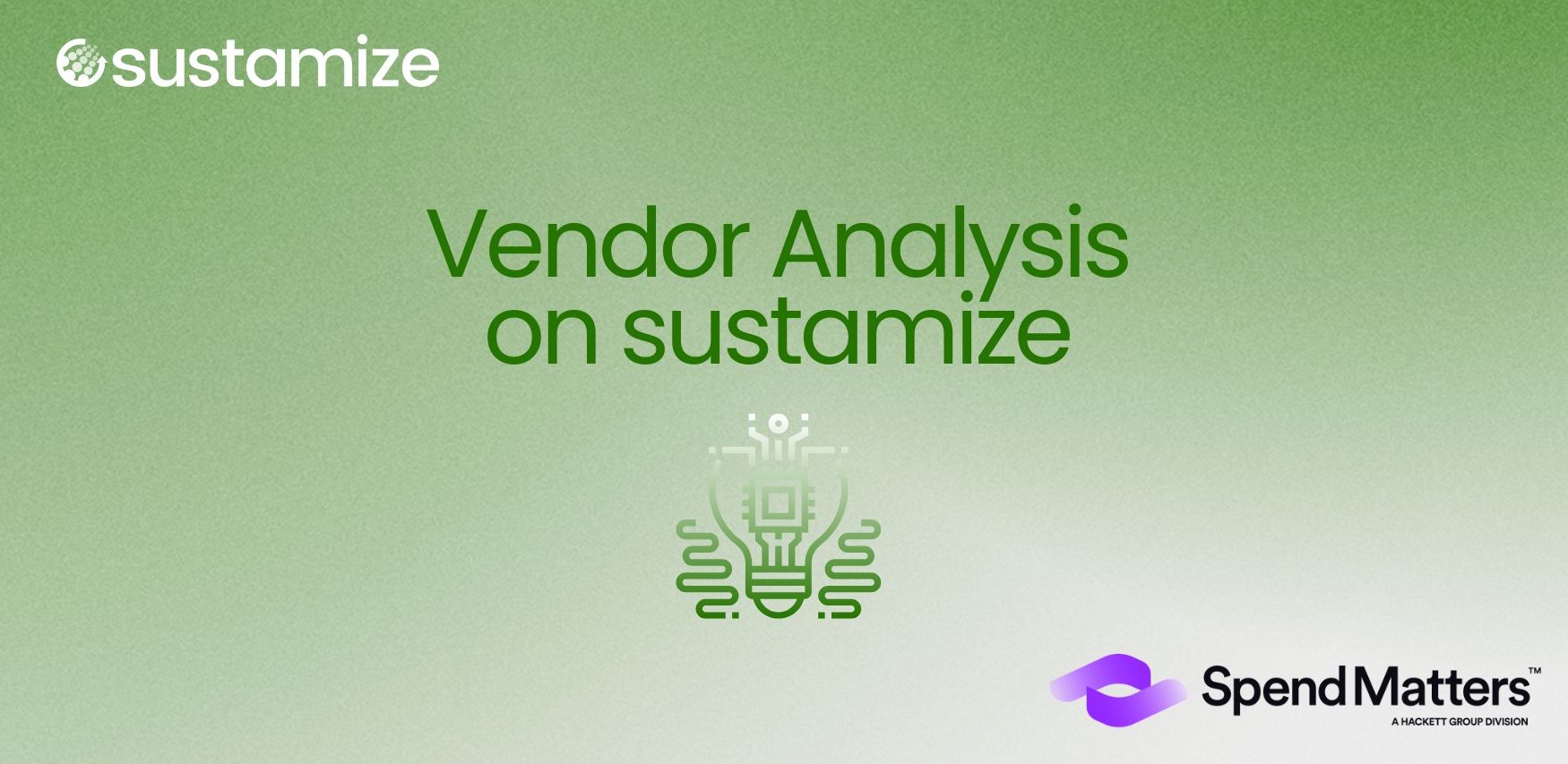Product Carbon Footprint Calculation Bottom-Up
Calculating CO2 product footprints bottom-up - a chance to become truly sustainable

Transformation opportunity
In the future, a multitude of factors (CO2 pricing) will push companies to make the CO2 emissions of their products and services transparent. To make this not only a burden, but also an opportunity, sustamize has developed a bottom-up footprint calculation that makes it possible to determine not only the CO2 value for each production step, but also CO2 and cost saving potentials.
The market for sustainable products is growing strongly.
Time and again, companies are portrayed as the cause of climate change. Therefore, many companies are already talking about emission reduction and offsetting projects. However, in order to implement sustainable measures, the first step is to analyze the current situation, identify optimization potential and initiate effective measures.
This means not only more effort and costs for companies, but also potential opportunities. Sustainability is not a flash in the pan, in the long run more and more consumers, employees and other stakeholders will choose sustainable products and employers. Providing CO2 labelling of products and improving their position compared to the benchmark is therefore a clear competitive advantage. Yet 79% of respondents to a BCG study have difficulty calculating their service and product footprint.
Product Carbon Footprint or rather Scope 3 ?
For manufacturing companies in particular, more than 80% of CO2 emissions are located at the production, logistics and packaging level, as well as upstream supply chains. Carrying out and evaluating the measurement for each individual area at this level is time-consuming and complex. Depending on the company structure, it may therefore make sense to move immediately to the product level instead of a complex or extremely superficial calculation of Scope 3 emissions. This is because a CO2 footprint analysis for products analyzes all processes, raw materials and production steps in order to identify optimization potential. The method for determining the CO2 footprint of products is described by different standards (e.g. ISO 14067, GHG, PAS 2050:2008). The challenge is to carry out these analyses efficiently and in detail, even for a larger number of products, despite the demanding methodological specifications.
sustamize has laid the foundation for this with a bottom-up method adapted to practice. With the bottom-up method, a very accurate and comparable carbon footprint of products can be created along the product life cycle. Processes are modelled with all individual process steps, just as they occur in industry, instead of aggregating them and reducing them to a single input or output, as is usually the case in life cycle analysis.
Let's take a process we all know as an example: cooking. Normally, as a process, a life cycle assessment would simply check the amount of energy consumed by the whole cooking process and calculate CO2 on that basis. However, with sustamize, each step of the life cycle would be modelled with the information of the corresponding step, e.g. purée for 30 seconds, stir for 2 minutes, boil in the pot for 15 minutes, etc. This makes it possible to understand from when and at which point emissions occur so that they can be better optimized. This approach is particularly interesting for product design.
You want to know about measuring, optimizing and managing PCFs efficiently?
Integrating PCF & Supply Chain emissions management in day-to-day business processes supports the overall goal of reaching the Paris Target Agreements. sustamize can support your company by calculating PCF efficiently as well as provide access to the Product Footprint Engine, and industry expert can show improvement potentials.



.jpg)
